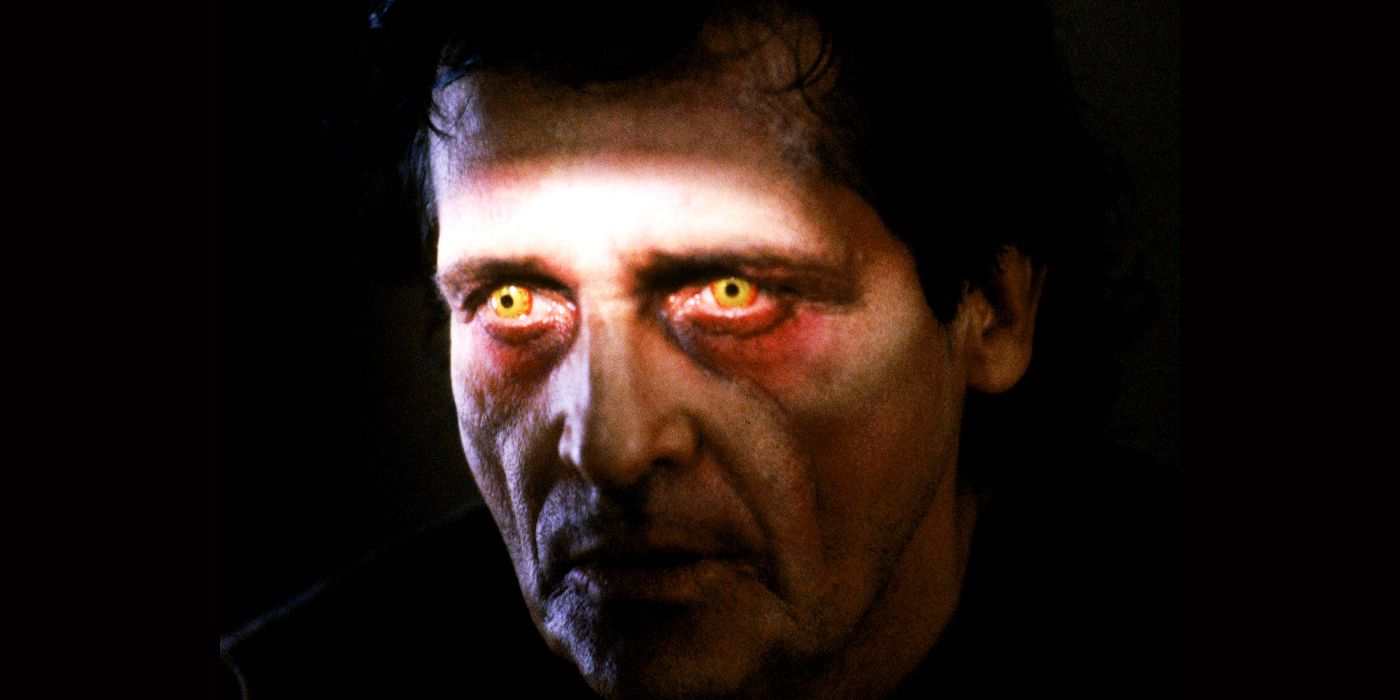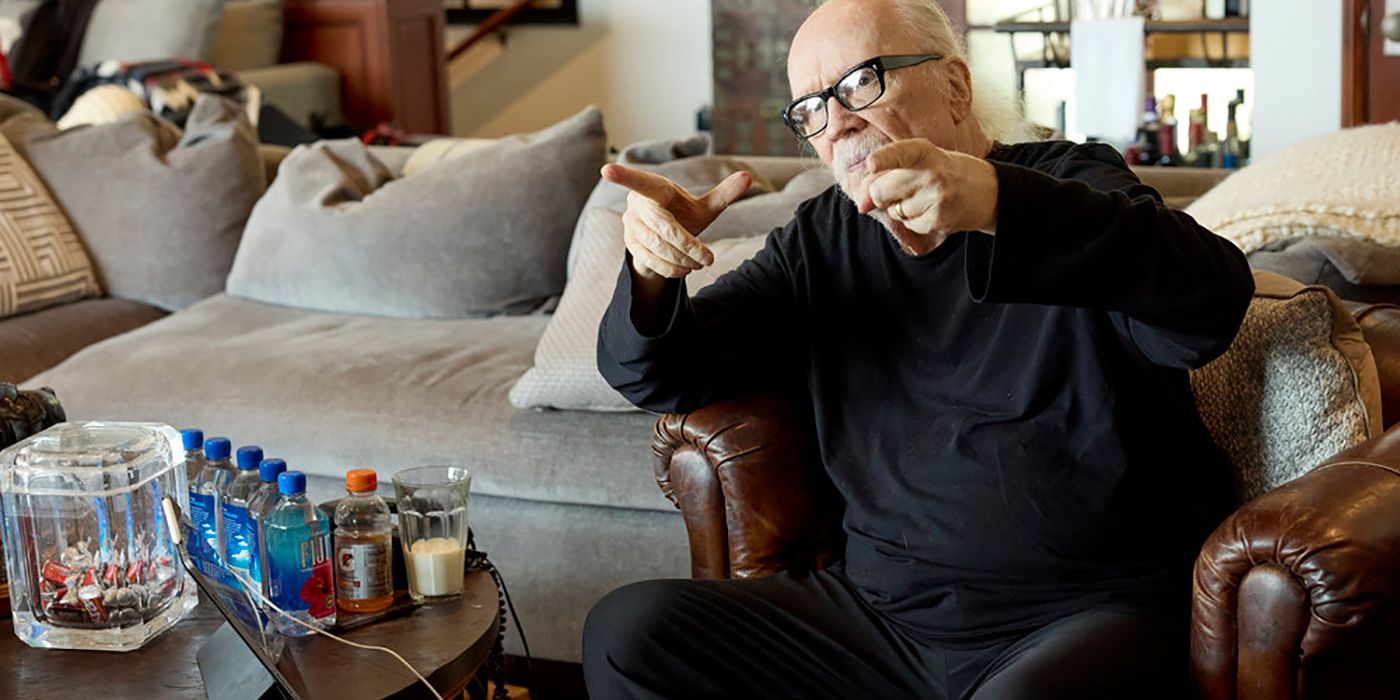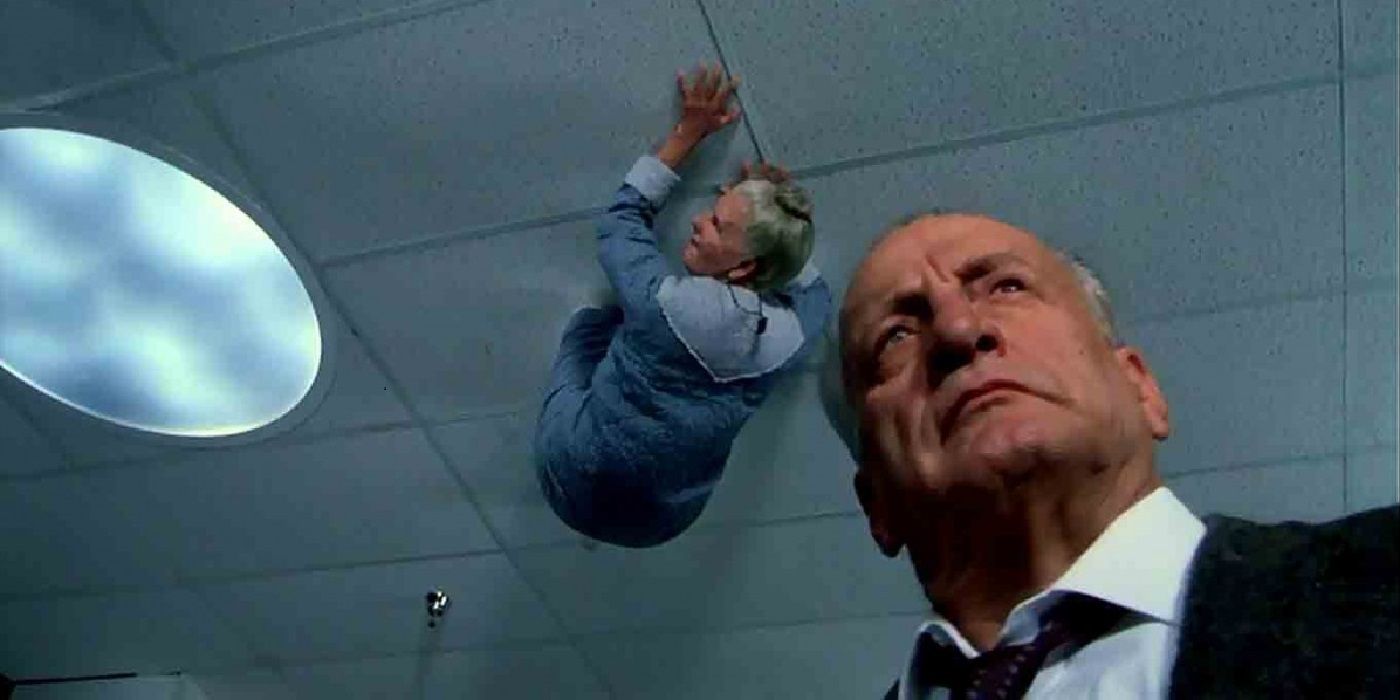John Carpenter passed on an Exorcist sequel because of one big issue with the script: a total lack of exorcisms. The original Exorcist was a genuine phenomenon when it hit theaters in 1973, and is considered one of the best horror movies ever made. It didn’t lend itself naturally to becoming a franchise, which might explain why subsequent The Exorcist movies have struggled critically and commercially. Exorcist II: The Heretic was such a disaster in 1977 that director John Boorman (Deliverance) had to go back and recut the sequel while it was still in theaters to try and salvage it.
Decades later, producers hated a Paul Schrader-directed prequel so much they hired director Renny Harlin to film a completely new version from scratch. The reception to the not-very-scary Exorcist: Believer is nothing new in this regard, but while David Gordon Green’s legacy sequel has received poor reviews, it at the very least was a box office success. John Carpenter worked with Green on Blumhouse’s Halloween trilogy as a composer, and offered his amusingly curt thoughts on Believer’s reception (via The Los Angeles Times), stating “I don’t understand how you can screw that up.” In the late ’80s, Carpenter himself flirted with the idea of an Exorcist sequel.
John Carpenter Passed On The Exorcist 3 Because It Lacked Any Exorcisms

Following a return to his low-budget roots with the one-two punch of Prince of Darkness and They Live in the late ’80s, Carpenter met with author William Peter Blatty about adapting his novel Legion. This book was a semi-sequel to Blatty’s Exorcist and dealt with a detective investigating a string of murders seemingly committed by the deceased Gemini Killer. In the 2003 book John Carpenter: The Prince of Darkness, the filmmaker recounted his discussions with Blatty, who had director approval and was “testing” him for the gig.
Carpenter praises the author as a “fabulous writer” and states that much of The Exorcist 3 is brilliant. However, he was “ambivalent” about the movie’s screenplay because it didn’t have an exorcism. Carpenter summed up the story as “The Devil’s locked up in jail causing much havoc, and Kinderman finally shoots him in the head. End of story.” Throughout their time together on the project, Carpenter kept suggesting a third act exorcism and pushed himself and Blatty to conceive of new, “grotesque” devil gags.
However, Carpenter soon realized that the author wanted to direct the project himself and stick as close as possible to his novel. Sensing he wasn’t going to get his way on the sequel, Carpenter withdrew and Blatty indeed ended up in the director’s chair. The Exorcist 3 arrived in cinemas in 1990 after a troubled production and wound up grossing $44 million.
Carpenter Was Right About Exorcists 3’s Script Problem

Having served his time in the Hollywood trenches at this point, Carpenter could probably predict the issues producers would have with the film ahead of time. Despite Blatty’s wish to call it Legion like his book, there was little hope the studio wouldn’t push to put The Exorcist title on it for brand recognition alone. If the film was going to be released with that title on it, it wouldn’t have made much sense for it not to feature an exorcist or exorcism either.
Blatty got his way throughout production, but a few months after filming had wrapped, the head of Morgan Creek informed him that new footage was needed, which included adding an exorcism finale and an actor from the original. The Exorcist star Jason Miller thus shot new footage reprising the role of Father Karras, while an exorcist character named Father Morning (Nicol Williamson) is abruptly introduced to the narrative. The theatrical cut ends with a special effects-laden exorcism, which – while well-staged and creepy in its own right – feels at odds with the chilly psychological thriller that preceded it.
Exorcist 3 Is Still The Franchise’s Best Sequel

Carpenter wisely avoided this headache, and while the original is still the best, The Exorcist 3 is still a great movie in its own right. Even with the studio-mandated reshoots, it’s an intelligent horror tale with great performances and a dread-inducing atmosphere. The infamous hospital corridor sequence may also have the best jump scare of all time. Calling the third entry the best sequel isn’t a high bar to jump when The Heretic or Believer is the competition, but Blatty did a masterful jump adapting his novel regardless.




